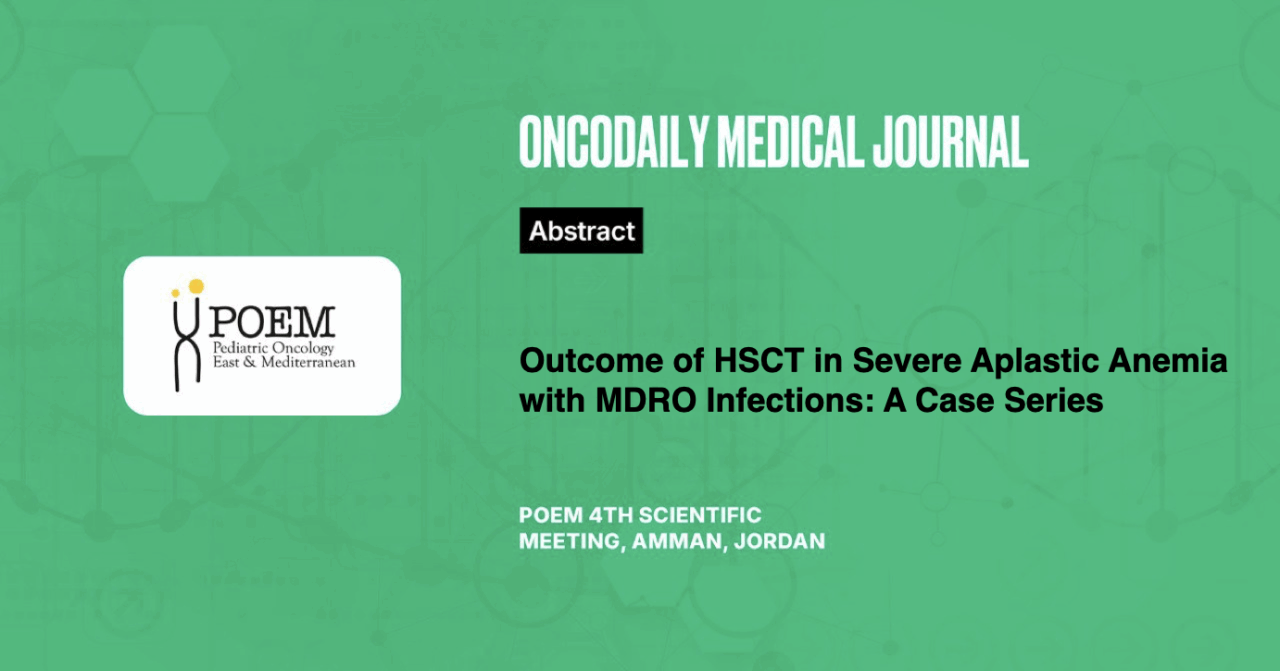Outcome of HSCT in Severe Aplastic Anemia with MDRO Infections: A Case Series
Abstract
Introduction: Aplastic anemia (AA) is an acquired hematopoietic failure, leading to pancytopenia, rendering patients at high risk of life-threatening infections. The curative treatment for AA remains hematopoietic stem cell transplantation (HSCT). With the rising incidence of multi-drug resistant organisms (MDRO) in recent decades, particularly in our region, little guidance is available on the best management approach in the setting of MDRO infections in AA patients planned for HSCT. We aim to share our local experience of managing pediatric patients with AA and MDROs prior to and after HSCT, at King Fahad Medical City.
Methodology: A case series.
Results: Among a total of 4 patients, 3 survived at least 1-year post HSCT. Their pre-transplant infections included viremias, invasive fungal infections, PJP pneumonia and MDRO’s infectious syndromes with different organisms. Patients proceeded to HSCT in a stable condition though with persistent radiological evidence of ongoing infections. All patients received myeloablative conditioning chemotherapy for their HSCT. The donors were HLA matched. Antimicrobials prior to and post HSCT, were tailored based on each patient’s antibiogram.
On average, the 3 patients who survived remained on antimicrobials for 3 months’ post HSCT. Patients engrafted their neutrophils relatively early (day +15 on average). Only one patient did not successfully engraft, and died at day +31 secondary to septic shock with CRE Klebsiella pneumonia. For patients who survived, despite the stormy courses, their chimerism at different stages remained >97%.
Conclusion: Albeit the limited number of patients, HSCT in pediatric AA patients with MDRO infections remains a high risk procedure but with adequate disease control, seems to be feasible. The outcome of this intervention highly depends on the presence of appropriate multidisciplinary services. Future research is needed to inform best practices in the setting of pre-HSCT MDRO colonization in this population to improve clinical outcomes.





